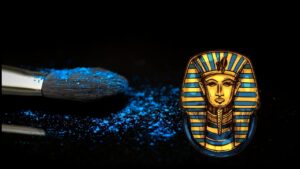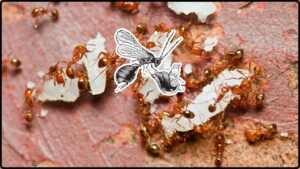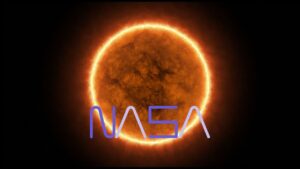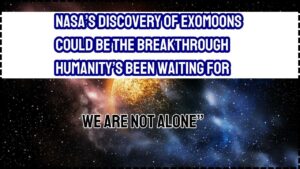Latest News
Goodbye to the Secrets of Ancient Egypt: Scientists Successfully Recreate Egyptian Blue, the First Ever Synthetic Pigment
Scientists have successfully recreated Egyptian Blue, the world’s first synthetic pigment, which was first developed by ancient Egyptians. This breakthrough opens up new possibilities in art, science, and technology, bringing a piece of history back to life.
Scientists Stunned: Hypatia Stone Contains Never-Before-Seen Extraterrestrial Compounds
The Hypatia Stone is a tiny extraterrestrial pebble packed with alien ingredients—pure aluminum, microdiamonds, presolar organic dust, and exotic minerals—possibly born in a supernova. Its composition defies known Solar System materials and opens new frontiers in cosmochemistry. This article explains the discovery, scientific methods used, implications for research and education, and practical steps for labs, teachers, and space missions.
No Siblings, No Problem? Scientists Reveal the Real Effects of Being an Only Child
Being an only child brings real perks—better language skills, emotional intelligence, and independence—alongside challenges like obesity, social isolation, and future caregiving. Importantly, they aren’t lonely or selfish. With strong parenting, active routines, emotional support, and planning for adulthood, only children can lead vibrant, balanced lives from childhood into eldercare years.
This 8-Year-Old Found an Ant—What Happened Next Shocked the Entire Scientific Community
When 8-year-old Hugo Deans noticed ants carrying mysterious “seeds,” he uncovered a secret alliance between gall wasps, oak trees, and ants. His backyard discovery revealed a new form of chemical mimicry and reshaped how scientists understand insect behavior and ecological relationships.
The Truth About Vegetable Milk—Why Scientists Say It’s Not as Healthy as You’ve Been Told
Plant‑based milks—from almond to pea—are booming in popularity, but most don’t measure up to cow’s milk in protein, calcium, and minerals. Fortified soy and pea milks are the best non‑dairy alternatives. Choose unsweetened, bioavailable versions, read labels, and pair with protein‑rich foods to fill the gaps. This deep guide gives clear steps, real‑life tips, environmental insight, and recipe ideas—helping you make plant‑milk choices that truly nourish.
NASA Just Discovered Solar Curtains on the Sun—Here’s How This Plasma Spectacle Forms
NASA’s Daniel K. Inouye Solar Telescope has captured “solar curtains”—ultra-thin plasma structures on the Sun just 12–20 kilometers wide. These stripes reveal how small-scale magnetic fields evolve, influencing solar flares and space weather. Scientists also observed microflares—tiny explosions of energy—that could unlock mysteries like coronal heating. This discovery could revolutionize solar forecasting and safeguard Earth’s technology from space storms.
Confirmed: Black Hole Detected Spinning at Blistering 80% of Its Max Speed—What It Means for Physics
Scientists confirm that black hole M87* is spinning at 80% of the maximum speed allowed by physics. This breakthrough supports General Relativity, offers clues about galaxy formation, and helps us better understand cosmic phenomena like relativistic jets. Discover how this changes what we know about space, black holes, and the universe itself.
We Are Not Alone”: NASA’s Discovery of Exomoons Could Be the Breakthrough Humanity’s Been Waiting For
NASA’s search for exomoons—moons orbiting planets beyond our solar system—may soon change everything we know about life and space. With candidates like Kepler-1625b I and cutting-edge tools like JWST, scientists are closer than ever to confirming the first exomoon. These distant moons could harbor oceans, atmospheres, and even life. This article breaks down the science, tools, and implications in a clear, friendly, and professional tone.















